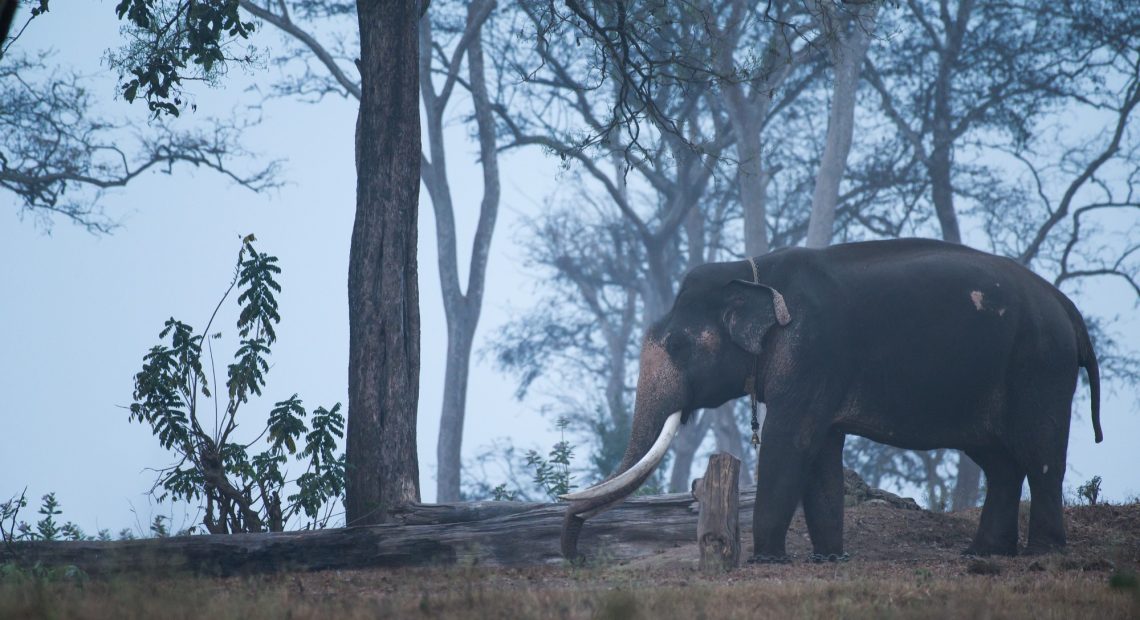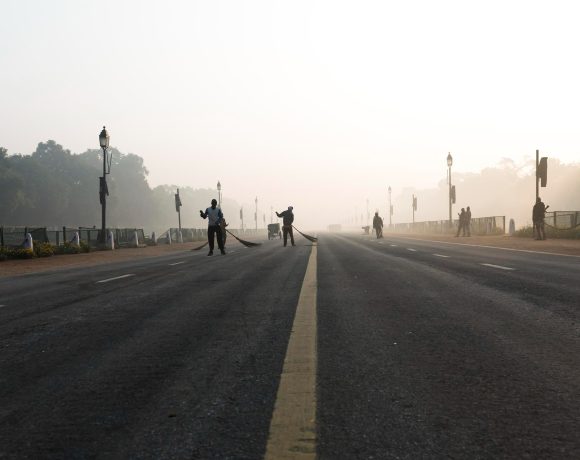
Justice or Selective Outrage? The Kolhapur Temple Elephant Case, PETA, and Unanswered Questions on Faith, Fairness, and Animal Rights
For over three decades, a female elephant named Mahadevi – lovingly known as Madhuri – was a part of the religious and cultural life at a Jain Math in Kolhapur district, Maharashtra. Brought to the Swastishree Jinsen Bhattarak Pattacharya Mahaswami Sansthan Math in 1992, she took part in processions, festivals, and temple rituals. For the local Jain community, she was not just an animal but a spiritual companion, emotionally inseparable from their way of life.
But in 2025, everything changed. After years of complaints by animal rights groups, most notably PETA India, Mahadevi was declared unfit to remain in the temple. Allegations ranged from being kept chained and overworked to enduring untreated ailments, such as arthritis, foot rot, and psychological stress. A particularly tragic 2017 incident in which Mahadevi killed the Math’s chief priest was seen by some as a red flag about her mental and physical condition, though others say it was a deeply unfortunate anomaly in an otherwise peaceful life.
The Bombay High Court, acting on the findings of a High-Powered Committee appointed in 2023, ruled that Mahadevi be transferred to Vantara, an animal rescue and rehabilitation sanctuary in Jamnagar, Gujarat. The court stressed that animal welfare would take precedence over even religious sentiment. The Supreme Court of India later upheld this decision, confirming that Mahadevi deserved to be with other elephants, cared for by specialists.
While animal care is undoubtedly a serious matter, the broader approach taken in this case raises important questions. Why was the Jain Math not given a clear, time-bound opportunity to rectify the issues pointed out? Was there room for improvement, veterinary supervision, or better living conditions at the existing location before a complete removal was mandated? In many legal matters, step-by-step compliance is encouraged. Here, the courts decided to go for the most extreme remedy – permanent relocation – with almost no scope offered for the community to course-correct.
More troubling is the perceived pattern of selectivity in PETA’s activism. When religious animal abuse is highlighted, one finds repeated focus on Hindu practices like Jallikattu, temple elephants, or festivals involving bulls and cows. But the silence during Bakri Eid – a time when thousands of animals are ritualistically slaughtered – is deafening. If all practices that involve stress, harm, or killing of animals are equally unacceptable, then why doesn’t PETA or similar organizations criticize and intervene across all religious communities with the same intensity?
This selective approach creates a dangerous perception: that some customs are fair game for reform while others are left untouched due to fear, vote-bank sensitivities, or ideological leanings. It undermines trust in public institutions and causes communities to feel targeted, their religious sentiments brushed aside while others’ are carefully avoided out of supposed political correctness.
Vantara, the sanctuary where Mahadevi was sent, may indeed offer better physical care, medical treatment, and companionship with other elephants. But that doesn’t reduce the spiritual vacuum left behind in Kolhapur or the emotional cries of a community that saw Mahadevi not as a legal case, but as a spiritual being. Devotees held rallies, observed silence protests, and even shut down their businesses to express their grief. That grief was dismissed by the system – not maliciously, perhaps, but indifferently.
The ruling in Mahadevi’s case sets a legal precedent: animal welfare can override heritage, custom, and decades of built traditions. Is that the right direction forward for a diverse, religiously pluralistic society like India? Or is this the beginning of a trend where animal rights get weaponized selectively against some faiths while others remain beyond scrutiny?
We must be able to hold two truths at once: yes, animals deserve dignity, care, and compassion, and yes, cultural and religious traditions also matter and must be navigated with sensitivity. The task of activism and law should be to find balance, not to escalate conflict.
Who decides which communities get targeted for reform and which ones are shielded? Why wasn’t Mahadevi’s community given a second chance? And most importantly – are we being truly impartial in how we define cruelty and justice? Or are we letting selective outrage masquerade as ethics?
These aren’t questions just about one elephant in Kolhapur. They are questions about fairness, faith, and the future of how we define justice in a country as complex as ours.


















